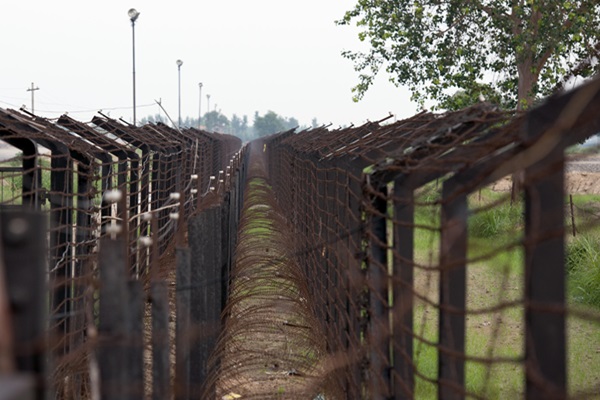.png)

Batabyal is a Distinguished Professor of economics and the Head of the Sustainability Department at the Rochester Institute of Technology, NY. His research interests span environmental, trade, and development economics.
November 25, 2025 at 6:56 AM IST
Childhood anemia still sits at the centre of India’s public health anxieties. It dulls cognitive development, drags down educational performance, and quietly chips away at productivity years before a child enters the workforce. Given the scale and persistence of the problem, the question confronting policymakers is not new but remains urgent: are we approaching anaemia with too narrow a lens?
Diet-based solutions matter, but they rarely succeed when children grow up in environments where poor sanitation invites infections and weakens the body’s ability to absorb nutrients in the first place. India has treated these concerns as separate policy lanes for far too long.
By analysing the synergistic effects of two of India’s major programmes—Anemia Mukt Bharat (AMB) and Swachh Bharat Mission (SBM)—interesting new research offers a thought-provoking perspective on how combined interventions can yield greater health benefits than isolated efforts. Specifically, this research highlights the salience of a multisectoral approach in addressing complex health challenges and provides empirical evidence supporting the convergence of policies aimed at achieving Sustainable Development Goals (SDGs) 2 (zero hunger) and 6 (clean water and sanitation).
Evidence Converges
Drawing on National Family Health Survey data for more than 102,000 children aged 6–36 months, the researchers build a convergence indicator that captures joint access to nutrition-specific and sanitation-linked inventories. A child qualifies for the AMB component (anemia treatment) if he or she receives at least one of three interventions: iron supplementation, deworming medication, or consumption of iron-rich foods. In contrast, the SBM component (sanitation treatment) uses an intersection approach, requiring both household-level toilet use and village-level open defecation rates below 40%.
Statistical models assess the relationship between policy convergence and child hemoglobin levels, controlling for factors such as maternal health, household wealth, and place of residence. The analysis also explores heterogeneity by wealth quintile and rural-urban location, and includes robustness checks using alternative sanitation thresholds.
Three findings stand out.
The first is the positive impact of convergence. Children who received both AMB and SBM interventions showed significantly higher haemoglobin levels compared to those who received neither or only one intervention. This effect persisted even after accounting for each scheme’s independent contribution.
The second is the role of maternal anemia. When the mother is anaemic, the advantages of convergence diminish sharply. This underscores the intergenerational transmission of malnutrition. No intervention focused solely on the child can fully compensate for maternal deficits.
The third is the heterogeneity across wealth and geography. Convergence is effective across all wealth quintiles except the richest, with the strongest gains emerging among middle-income households. Urban children benefit more from the combined approach, although rural children show meaningful improvements from the individual programmes.
It is worth emphasising that the results remained consistent under varying sanitation thresholds; and so-called placebo tests confirmed that the observed effects were not spurious. The researchers estimate: between 2,130 and 6,711 children could move out of anaemia if nutrition and sanitation efforts reached them together.
Policy Priorities
The broader message is hard to ignore. Anaemia is layered, and any attempt to address it through one channel alone will fall short.
The first task is to treat collaboration as the default. Health, sanitation, education, and social welfare departments must maximise synergistic effects. The second task is to place maternal health squarely at the centre of the anaemia agenda. A child’s nutritional outcomes are shaped long before the child receives any intervention. Screening and treating maternal anaemia, and ensuring mothers have access to timely supplementation, should be woven into child-oriented schemes instead of sitting to one side of them.
Finally, we need to comprehend the significance of context-sensitive interventions. Tailored approaches are needed to address disparities across socioeconomic and geographic contexts. For example, mobile health units may be effective in rural areas, while urban programmes can leverage existing health infrastructure.
None of these ideas is revolutionary. Their value lies in the clarity with which the research demonstrates that convergence is not a slogan but a practical strategy with measurable outcomes. When nutrition and sanitation move together, the gains are larger and more durable.
By aligning what children eat with the conditions in which they grow, India can move closer to reducing the stubborn prevalence of anaemia. The essential point is simple: policies that act on multiple fronts at once do more than the sum of their parts. The country’s fight against anaemia will be strengthened not by isolated fixes but by the steady alignment of nutrition, sanitation, and maternal health.
* Views are personal




